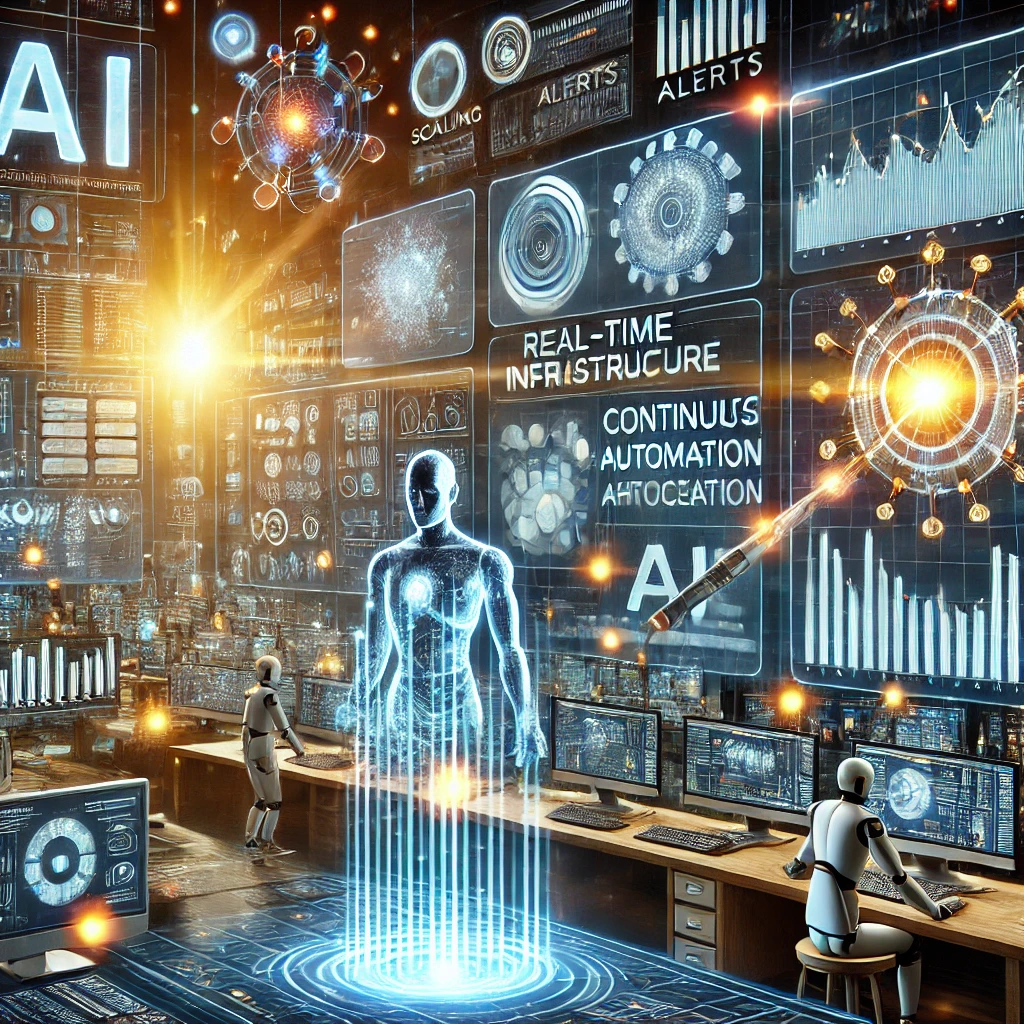Enhancing Jenkins Security: Best Practices for Safe CI-CD Pipelines
 Emma Whitman in ci-cd119 days ago
Emma Whitman in ci-cd119 days ago
Fortifying Your CI/CD Fortress: Best Practices for Secure Jenkins Pipelines
In the world of continuous integration and continuous delivery (CI/CD), Jenkins stands tall as a stalwart automation platform. But like any powerful tool, Jenkins requires careful handling to ensure its security and protect your precious codebase. This guide will equip you with best practices to fortify your Jenkins pipelines, turning them into a robust fortress against threats.
1. Authentication and Authorization: The Foundation of Security
- Lockdown Your Access: Implement robust authentication mechanisms. Use strong passwords or, even better, integrate with single sign-on (SSO) solutions like LDAP or Active Directory.
- Fine-Grained Control: Don't grant blanket access. Use role-based access control (RBAC) to assign permissions based on user roles, limiting access to specific jobs, plugins, or even code repositories.
2. Plugin Management: A Balancing Act
- Vetting the Plugins: Plugins are the lifeblood of Jenkins, but they also introduce potential vulnerabilities. Choose plugins from trusted sources and carefully review their documentation, security ratings, and recent updates.
- Regular Audits: Implement a regular schedule for plugin updates and security audits. Outdated plugins are prime targets for attackers.
3. Secrets Management: Keeping Your Credentials Safe
- Never Hardcode Secrets: Avoid storing sensitive information like API keys, passwords, or database credentials directly in Jenkins configuration files.
- Secret Management Solutions: Employ dedicated secret management solutions like HashiCorp Vault or AWS Secrets Manager to securely store and manage sensitive data, making them accessible only to authorized Jenkins jobs.
4. Enforce Secure Coding Practices
- Secure Jenkinsfile: Treat your Jenkinsfile (the script that defines your pipelines) with the same security rigor as your production code.
- Code Review: Implement code reviews for your Jenkinsfile to identify potential vulnerabilities and ensure best practices are followed.
5. Leveraging Security Tools and Plugins
- Security Scanners: Integrate security scanners like SonarQube or Snyk into your pipeline to automatically detect vulnerabilities in your code before deployment.
- Security Plugins: Explore security-focused plugins like the "Credentials Binding Plugin" for secure credential management or "Jenkins Configuration as Code" for easier security audits.
6. Continuous Monitoring and Logging
- Audit Trails: Enable detailed logging within Jenkins to track all user actions, plugin activities, and job executions. This provides valuable insight for identifying security breaches or anomalies.
- Monitoring Solutions: Implement monitoring tools that can alert you to suspicious activity, performance bottlenecks, or potential security threats.
7. Embrace the Principle of Least Privilege
- Minimize Permissions: Grant only the minimum permissions required for each job or user to perform its tasks. Avoid granting excessive access unnecessarily.
Building a Secure CI/CD Ecosystem
By implementing these security best practices, you can transform your Jenkins pipelines into a robust, reliable, and secure foundation for your CI/CD workflows. Remember, a strong security posture is not a one-time effort. It requires ongoing vigilance, regular updates, and a commitment to maintaining a secure environment for your codebase.



